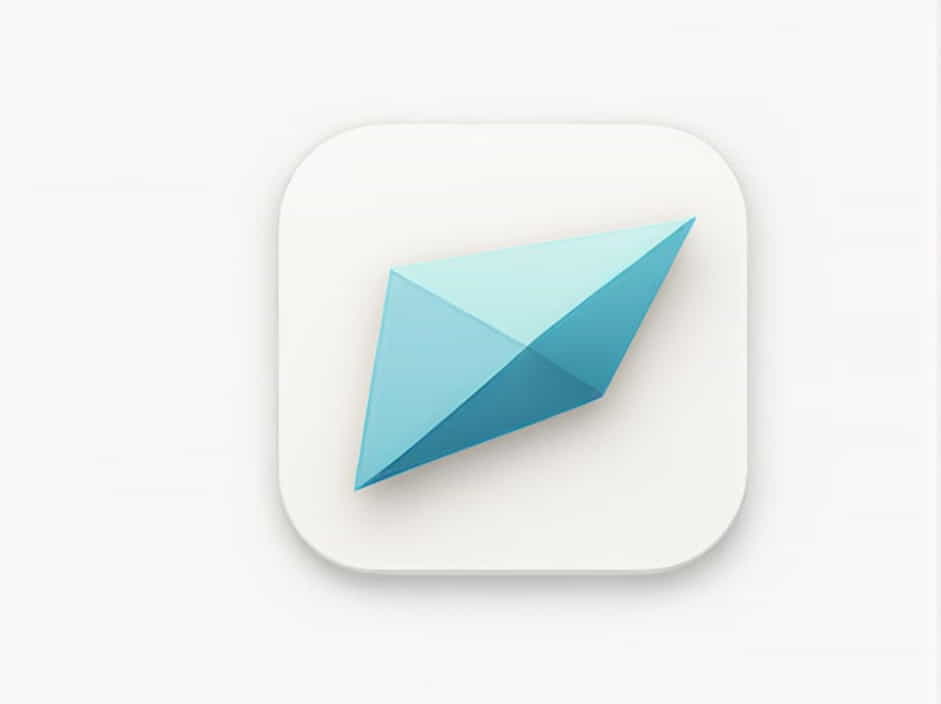A quadrilateral is a four-sided polygon with four angles. While many quadrilaterals fit into well-known categories like parallelograms and trapezoids, some do not. These irregular quadrilaterals do not follow the specific properties that define parallelograms or trapezoids, making them unique in their own way.
In this topic, we will explore quadrilaterals that are neither parallelograms nor trapezoids, their characteristics, examples, and how they appear in real life.
What Is a Quadrilateral?
Definition of a Quadrilateral
A quadrilateral is any closed two-dimensional shape with exactly four sides and four angles. The sum of its interior angles is always 360 degrees.
Types of Quadrilaterals
There are several types of quadrilaterals, including:
- Parallelograms (e.g., rectangles, rhombuses, squares)
- Trapezoids (with one pair of parallel sides)
- Kites (two pairs of adjacent equal sides)
- Irregular Quadrilaterals (no parallel sides or special properties)
We will focus on irregular quadrilaterals, which do not fit the definition of parallelograms or trapezoids.
Understanding Parallelograms and Trapezoids
What Is a Parallelogram?
A parallelogram is a quadrilateral where both pairs of opposite sides are parallel. Examples include:
- Rectangle (opposite sides equal, all angles 90°)
- Rhombus (all sides equal, opposite angles equal)
- Square (all sides equal, all angles 90°)
What Is a Trapezoid?
A trapezoid (or trapezium) is a quadrilateral with only one pair of parallel sides. If both pairs of opposite sides are parallel, it becomes a parallelogram.
Since our focus is on quadrilaterals that are neither parallelograms nor trapezoids, we must consider shapes that lack parallel sides entirely or have irregular properties.
Quadrilaterals That Are Neither Parallelograms Nor Trapezoids
1. Irregular Quadrilateral
An irregular quadrilateral is a four-sided shape where no sides are parallel and no angles follow a specific pattern.
Characteristics:
- No pairs of parallel sides
- No equal sides or angles in most cases
- Can have concave or convex shapes
Examples in Real Life:
- Random four-sided plots of land
- Uneven windows or tiles in construction
- Irregular signs or road markings
2. Kite (When It Is Not a Rhombus)
A kite is a quadrilateral with two pairs of adjacent equal sides. It is not a parallelogram because opposite sides are not equal or parallel. It is also not a trapezoid because it lacks a single pair of parallel sides.
Characteristics:
- Two pairs of equal-length sides
- One pair of opposite angles is equal
- No parallel sides
Examples in Real Life:
- Traditional flying kites
- Some types of badges or emblems
- Certain roof designs
3. Dart or Arrowhead Quadrilateral
A dart (or arrowhead quadrilateral) is a special type of concave quadrilateral. It resembles an arrowhead or a kite with an inward curve.
Characteristics:
- Two pairs of equal-length sides
- One interior angle is greater than 180° (concave)
- No parallel sides
Examples in Real Life:
- Arrow-shaped signs
- Origami or paper-folding patterns
- Some logo designs
How to Identify a Quadrilateral That Is Neither a Parallelogram Nor a Trapezoid
To determine if a quadrilateral does not belong to these categories, follow these steps:
- Check for Parallel Sides
- If both pairs of opposite sides are parallel → It is a parallelogram.
- If only one pair of opposite sides is parallel → It is a trapezoid.
- If no sides are parallel → It is an irregular quadrilateral, a kite, or a dart.
- Look at Side Lengths
- If opposite sides are equal, it is likely a parallelogram.
- If two pairs of adjacent sides are equal, it is a kite.
- If all four sides are different, it is an irregular quadrilateral.
- Examine the Angles
- If all angles are right angles (90°), it is a rectangle or square.
- If one angle is greater than 180°, it is likely a dart quadrilateral.
Real-World Applications of These Quadrilaterals
Although irregular quadrilaterals, kites, and darts may not be as famous as parallelograms and trapezoids, they are still very useful in various fields.
1. Architecture and Construction
- Roof structures sometimes have irregular quadrilaterals.
- Windows and doors can take on kite or dart shapes for design purposes.
2. Land Measurement and Mapping
- Property boundaries are often irregular quadrilaterals.
- Surveyors use these shapes when mapping non-rectangular plots of land.
3. Sports and Games
- Kite flying is based on the properties of a kite quadrilateral.
- Dartboards and arrow targets use dart quadrilateral designs.
Common Mistakes in Identifying Quadrilaterals
1. Confusing a Kite with a Rhombus
- A rhombus is a parallelogram with all sides equal, but a kite does not have parallel opposite sides.
2. Assuming All Four-Sided Figures Have Parallel Sides
- Many quadrilaterals, like irregular ones, lack parallel sides altogether.
3. Forgetting About Concave Shapes
- Dart quadrilaterals are concave, meaning they have an inward angle greater than 180°.
Not all quadrilaterals fit into the categories of parallelograms or trapezoids. Some, like irregular quadrilaterals, kites, and darts, have unique properties that set them apart.
These special quadrilaterals play essential roles in geometry, construction, design, and everyday life. By understanding their characteristics, we can identify and use them correctly in mathematical problems and real-world applications.
